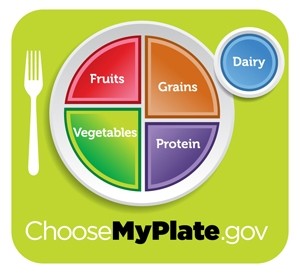How to persuade young Americans to follow dietary guidelines
Highlighting both factors will be an important way of bridging the gap between
Americans’ healthy eating intentions and their actual eating habits, said Dori Hickey, NPD director of product development and author of the report.
The best way to bridge this gap is to “Connect the dots for consumers in terms of a product benefit to a fundamental characteristic of healthy eating,” she told FoodNavigatorUSA. “Keep in mind that taste, convenience, and value are primary drivers of food choice overall for all generations.”
Healthy eating
For older generations, living longer and feeling good are the main motivations to adopt healthy eating habits, revealed the research.
“It comes down to focusing on the motivators for healthier eating. The first step is to make sure that messages are relevant to the group of consumers being targeted as motivations vary by generation,” said Hickey.
NPD’s report, Healthy Eating Strategies by Generation, highlighted that intended behaviors of many adult consumers are in line with the USDA’s recommendations, but the practice of those intentions lags behind. “Lack of time and need for convenience, a quick bite, often proves as a barrier to healthy eating,” said Hickey. “In addition, there is a prevalent perception that foods that are healthy don’t taste good and aren’t affordable.”
But adult consumers, across generations, define healthy eating consistently and are aware of the top characteristics of healthy eating and of a healthy lifestyle, she added.
The widest gap between what adults, aged 18 and over, say they plan to do and what they actually do is exercise regularly. While 62 percent of adults say they intend to exercise regularly, only 46 percent say that they actually do.
The second widest gap between intention and behavior concerned meal complexity and frequency. While 44 percent of adults said they intended to eat smaller, more frequent meals, only 29 percent actually admitted to doing so.
Calorie intake
A third gap concerned caloric intake. 53 percent said they planned to limit their calorie intake, but only 38 percent of consumers said they actually accomplished that.
The report, draws on information collected by The NPD Group’s syndicated research services, National Eating Trends, Nutrient Intake Database, and Health Track.
Hickey wrote the report after comparing some of the healthy eating intentions and behaviors identified in by the syndicated research with the new Dietary Guidelines.
















